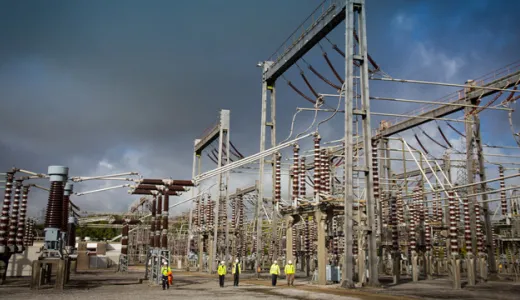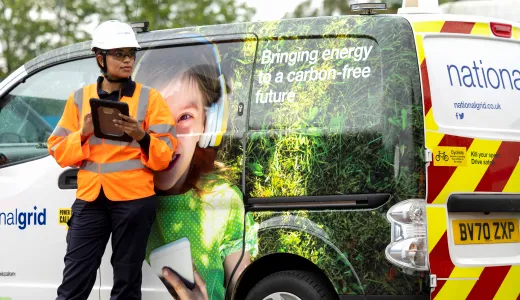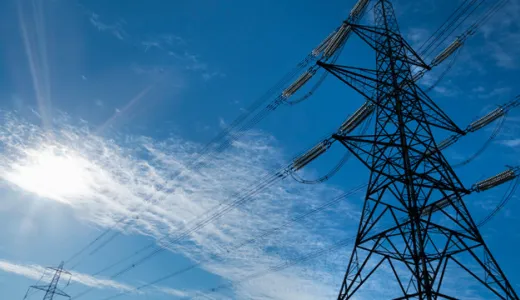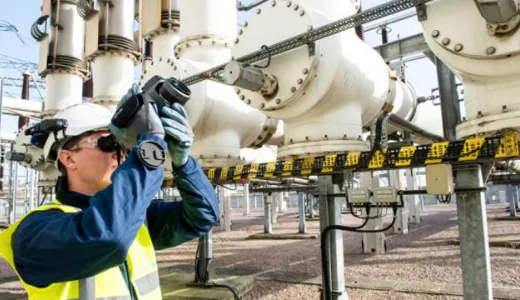Is living next to a substation safe?
Electricity substations are an important part of our power infrastructure, but there are concerns around whether it’s safe to live close to one. This is mainly due to the fact that they emit electric and magnetic fields (EMFs).
What is a substation?
The most common substations close to homes are local distribution substations, which transform higher voltage electricity to normal mains voltage. There are many hundreds of thousands of similar substations throughout the UK, each typically supplying up to a few hundred houses.
These substations are an integral part of the electricity distribution system and are located near to homes as they supply our electricity – usually via underground cables.
Who owns substations in the UK?
National Grid owns more than 300 large substations, where 275 kilovolt (kV) and 400 kV overhead power lines or underground cables carry electricity to be transformed to lower voltages, before being distributed to surrounding areas.
Smaller substations are owned and maintained by local distribution networks.
What are electric and magnetic fields (EMFs)?
Electric fields are produced by voltage and magnetic fields are produced by the current flowing through a conductor.
When electricity flows through a wire, for example, we could compare it to water flowing through a hosepipe; the current would be the volume of water and the voltage would be the pressure pushing the water through the hosepipe.
The operating voltage of equipment tends to be fixed – for example an 11 kV overhead line always operates at around 11kV – so the electric fields from the equipment that produces them also tend to stay at a constant level.
The strength of the magnetic field from a substation can go up and down, because the current goes up and down depending on the electricity demand in that area.
Background EMFs are actually present in most homes. Electrical appliances and wiring that’s normally used in houses generate a magnetic field; the magnetic field level in a house in the UK will typically be about 0.01 to 0.2 microtesla (µT).
The earth itself has both a magnetic field, produced by currents deep inside the molten core of the planet, and an electric field, produced by electrical activity in the atmosphere, such as thunderstorms1. However, these are different to those produced by the electricity system.
What EMFs do substations produce?
Due to the design of the equipment that substations contain, they don’t produce a significant external electric field. However, they do generate a magnetic field.
Magnetic field levels at the boundary of a substation are typically at a level of 1 or 2 µT, but this decreases very quickly as you move away. At approximately 1-2 metres from the substation, the magnetic field is usually lower than the field found in your home.
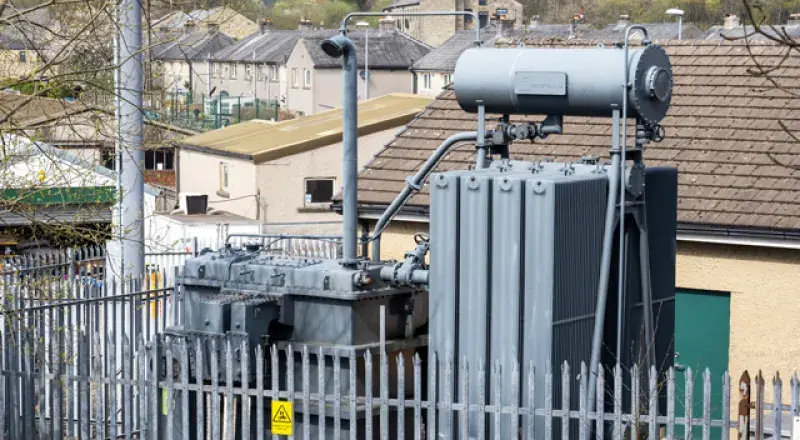
Electric and magnetic fields around substations
Are you looking to buy or sell a house close to a substation? Or do you live near to a substation and want more information on EMFs? This video will explain what the levels of EMFs, specifically the magnetic field, from substations are.
Is exposure to EMFs safe?
There are carefully thought-out policies for protecting us all against EMFs, the main component of which is ‘exposure guidelines’.
These guidelines are set by independent scientific bodies and are based on decades-long studies into the effects of EMFs and ill health. After those decades of research, the weight of evidence is against there being any health risks of EMFs below the guideline limits.
The UK guidelines are set by the International Commission on Non-Ionizing Radiation Protection (ICNIRP) and have been adopted by the Government. The ICNIRP ‘reference level’ for public exposure is 100 µT for power frequency (50 Hz) magnetic fields. These are the levels above which more investigation is needed; the permitted level of exposure is somewhat higher. The magnetic fields within your home will be a small fraction of these exposure limits.
It’s National Grid’s policy to ensure that all of our equipment complies fully with the exposure limits in force in the areas in which we operate.
Read more about research on EMFs
Is it dangerous to enter a substation?
You may have seen the yellow and black ‘danger of death’ signs on the entrances to substations; under no circumstance should a member of the public try to enter a substation or interact with the equipment.
Substations are usually protected by fences or located within protected buildings, which can only be accessed by trained staff. Larger substation sites can span across acres and contain a significant amount of specialist electrical equipment to step large voltages of electricity up or down.
If you would like to discuss a concern, please call the EMF helpline on 0845 702 3270 or email [email protected].
Last updated: 18 Jan 2024
The information in this article is intended as a factual explainer and does not necessarily reflect National Grid's strategic direction or current business activities.
